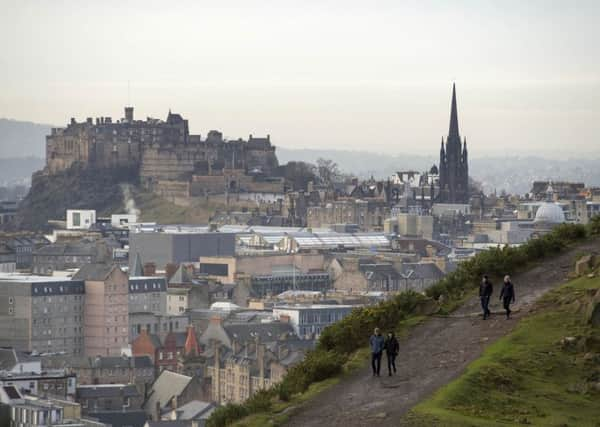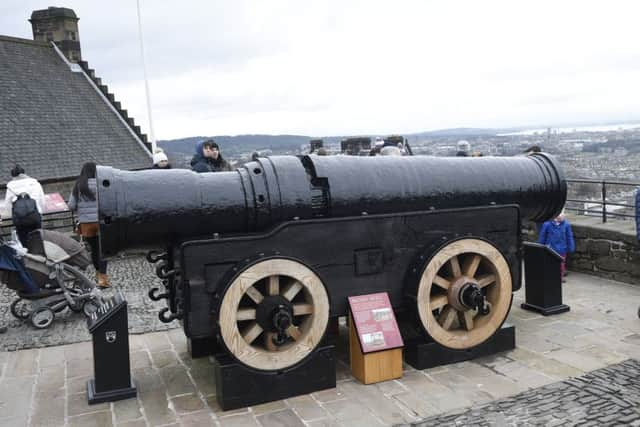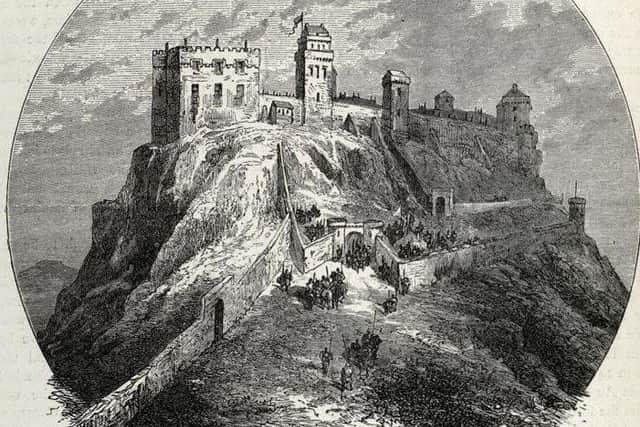6 times Edinburgh Castle was under siege


As an ancient fortress perched on a crag overlooking a scenic European capital, it’s hardly surprising to discover that, outside of London, Edinburgh Castle is one of the top three most visited tourist attractions in the British Isles. An incredible 1.7 million people passed through its portcullis in 2016, but, judging by its violent history, it appears we are very fortunate that there’s still a castle to visit at all.
1296: The Longshanks Siege
In the year 1296 the notoriously ruthless English king Edward I invaded Scotland and made a bee-line for Edinburgh Castle. After a short three-day siege the castle was captured and a large garrison of 350 knights assembled to protect it. Master craftsmen were brought in from Wales in order to bolster the castle’s defences. Royal regalia, state records and other treasures belonging to Edinburgh Castle were plundered and sent down to London along with the Stone of Destiny from Scone Abbey. The castle would not return to Scottish hands for a very long time.


1314: The ‘Bannockburn’ Siege
Advertisement
Hide AdAdvertisement
Hide AdThe English maintained a tight grip on Edinburgh Castle that would last almost 20 years. The castle was used as an important base for the English where new campaigns on the north of Scotland could be conducted, but in March 1314 the occupation came to an end. In a surprise attack, just three months prior to the Battle of Bannockburn, a small force of 20 men under the leadership of Thomas Randolph, First Earl of Moray, scaled the castle walls and recaptured it from the English. A year later, Randolph’s uncle King Robert the Bruce ordered the castle to be destroyed so that it could never fall into the hands of the enemy ever again. It would be decades before Edinburgh Castle was fully rebuilt.
1334: The Douglas Siege
Edinburgh Castle was given up to the English again in 1334, this time to King Edward III following an invasion which heralded the start of the Second War of Scottish Independence. It would take until 1341 until a Scottish force, under the command of Sir William Douglas, was able to take it back. Douglas has his men disguise themselves as merchants. They managed to infiltrate their way inside the castle and kill all 100 of the English defenders.


1571-3: The Lang Siege
Beginning in May 1571, the Lang Siege was a series of attacks on Edinburgh Castle which would span two years and render the ancient fortress to rubble. Government forces besieged the castle several times in quick succession after the garrison declared support for the deposed Mary Queen of Scots. The devastation inflicted during the Lang Siege shaped the castle as we know it today. The distinctive Half-Moon Battery which wraps itself around the castle’s southern face was constructed around the remains of David’s Tower in the decades which followed. The Portcullis Gate was also built to replace the wrecked Constable’s Tower. The castle was rebuilt in 1578 and today only a few isolated sections of it predate the siege.
1640: The fast siege
In 1639 General Leslie’s Covenanting army stormed Edinburgh Castle and managed to capture it in what is described as ‘the most efficient capture of Edinburgh Castle ever carried out’. Leslie is said to have distracted the castle governor while his men blew up the main gate with a ‘petard’. The royalist garrison was captured in just half an hour without General Leslie losing a single man. Edinburgh Castle was recaptured by Charles I later that year, but by June 1640 it was conquered by the Covenanters yet again. This siege lasted considerably longer, with General Leslie’s men causing great damage to the castle’s eastern defences before succeeding in taking it.


1745: The last siege
Advertisement
Hide AdAdvertisement
Hide AdDuring the ‘45 Jacobite uprising, Prince Charles Edward Stuart’s forces occupied Edinburgh and Holyrood Palace and launched an audacious attempt to take the castle. This followed previous Jacobite attempts in 1689 and 1715, both of which had failed. Sadly for the Jacobites, they weren’t any luckier in 1745 and were unsuccessful in their bid to breach the castle’s defences. After the Battle of Culloden the following year a number of leading Jacobites would find themselves occupying the castle as prisoners. 1745 would prove to be the last siege in the history of Edinburgh Castle and the garrison hasn’t witnessed conflict since - that is if we don’t count a near miss by a German Zeppelin bomb in April 1916.
DOWNLOAD THE EDINBURGH EVENING NEWS APP ON ITUNES OR GOOGLE PLAY